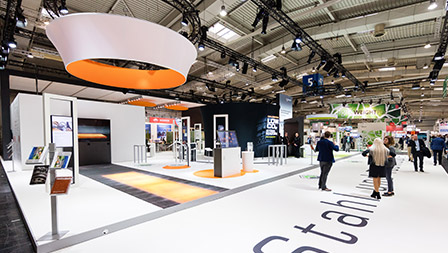Scientific support for the transformation of the steelworks - Salzgitter Flachstahl GmbH in cooperation with TU Clausthal
24.03.2022 | Salzgitter Flachstahl GmbH

Salzgitter AG is about to embark on a comprehensive transformation process: Although its subsidiary, Salzgitter Flachstahl, ranks among the world’s most efficient steelmakers, nevertheless in the course of steel production in the integrated iron- and steelworks, each year around eight million tons of CO2 are released – emissions that, given the technical conditions inherent in the process, are unavoidable. Achieving Europe’s climate protection targets calls for the direct avoidance of CO2 emissions, which in turn will necessitate a fundamental transformation of the production process. The intention in future is to use renewable hydrogen and, transitionally, natural gas as reduction agents in the production of iron, with electricity from renewable sources employed in steel production. Through the Project SALCOS® - Salzgitter Low CO2 Steelmaking – in the coming years the blast furnaces and steelworks converters are due to be replaced by direct reduction plants and electric arc furnaces. By the time the transformation is complete, this will allow CO2 emissions per slab (scope 1 & 2) to be reduced by over 95%. This carbon direct avoidance strategy is particularly sustainable, and is scheduled to be fully implemented at Salzgitter AG as early as 2033.
In cooperation with the Institute of Electrical Power Engineering and Energy Systems at the TU Clausthal, the energy processes in both the present and future iron- and steelworks are being replicated in an energy system model, which allows various transformation scenarios to be investigated and compared. The focus is on minimizing the consumption of natural gas and electricity through the optimized use of transitionally available cogeneration gases in the power station, and by optimizing the heating network in the integrated iron- and steelworks. Flexibility options will also be analyzed with a view to enhancing integration into the superordinate energy system which will in future be dominated by energy from renewable sources.














